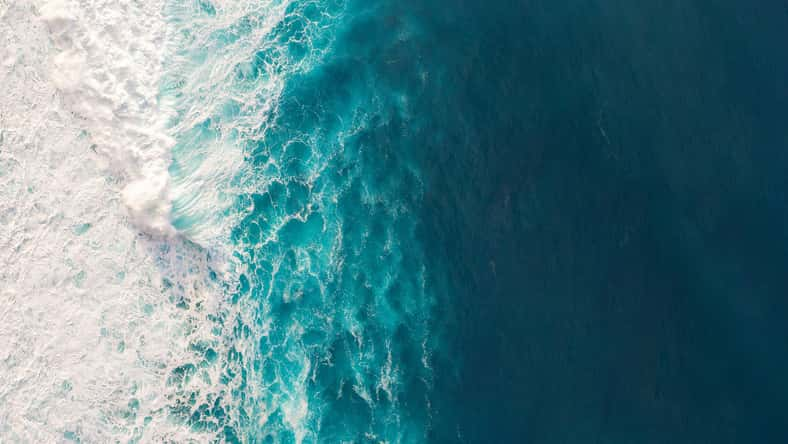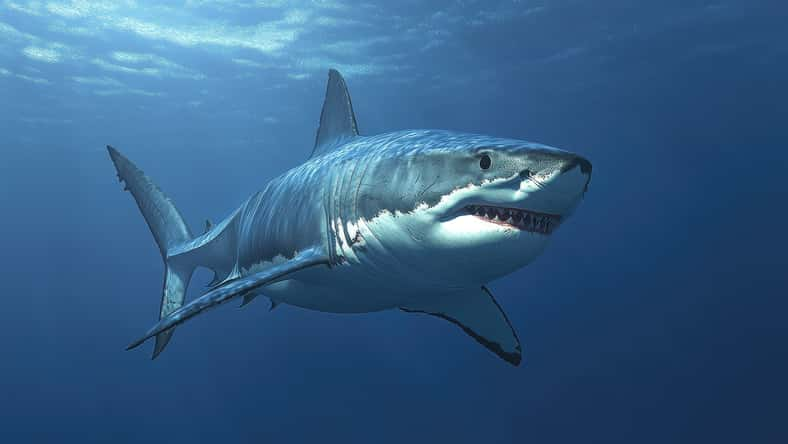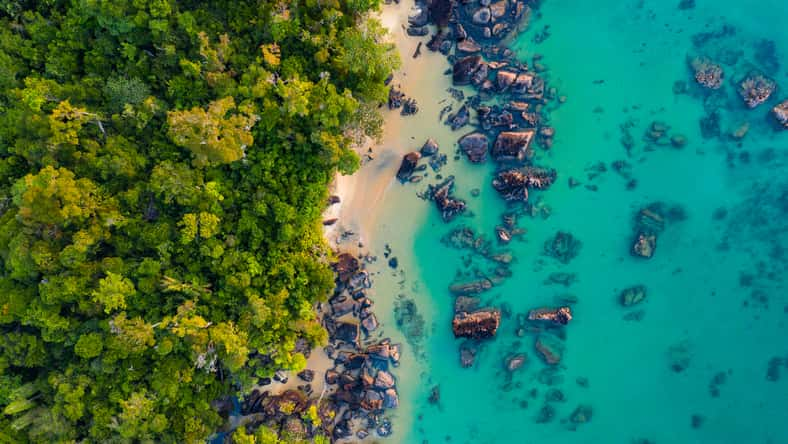
When you see a little garden snail on the sidewalk or near your yard, you may be in awe of how cute and fragile they are.
Snails have a reputation for being slow and frail little creatures. Other times, when people think of snails, they think of the hilarious Gary from the beloved cartoon, “SpongeBob Squarepants.” However, there is a snail species that is absolutely fascinating and can withstand more than you think.
I’m talking about volcano snails, otherwise known as the scaly-foot gastropod.
Volcano snails are found in deep-sea hydrothermal vents in the Indian Ocean and were first discovered in 2001.
The part of the ocean these snails live in is quite intense and gruesome. It’s about 1.5 miles down deep into the ocean and can reach temperatures up to 700 degrees Fahrenheit.
While that kind of environment sounds impossible for anything to thrive in, the volcano snail was built to thrive in it.
The volcano snail’s shell is a marvel of nature, composed of three layers. What sets it apart from other mollusks is its top layer, crafted from iron sulfide.
Another reason why volcano snails do well in hydrothermal vents is because they don’t need to eat. A special kind of bacteria grows inside them and essentially makes food for them.
The bacteria converts chemicals that come from the hydrothermal vents into energy and gives the snails the nutrients they need for survival.

There is another part of the volcano snail’s anatomy that is fascinating and ensures its complex survival stays intact.
The bacteria in the snail produces a large amount of sulfur, which can be toxic to the snail. So, in order to release that sulfur and draw it further away from its body, the snail has scales that help it do so.
While these creatures are fascinating and are able to live happily in the treacherous hydrothermal vents, they’re actually endangered.
Their vents have become a popular spot for deep-sea mining, which is disturbing their population. So, these tough guys could use some extra protection and care.
Have you ever heard about this interesting creature before?
Sign up for Chip Chick’s newsletter and get stories like this delivered to your inbox.











